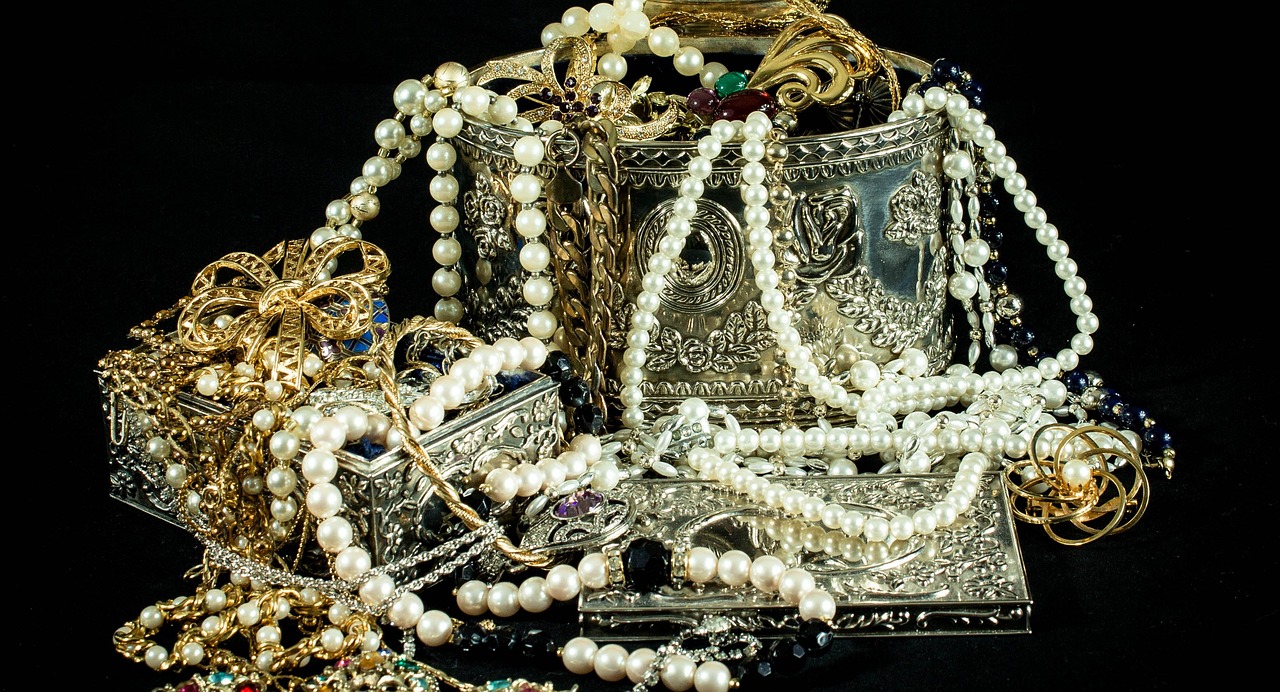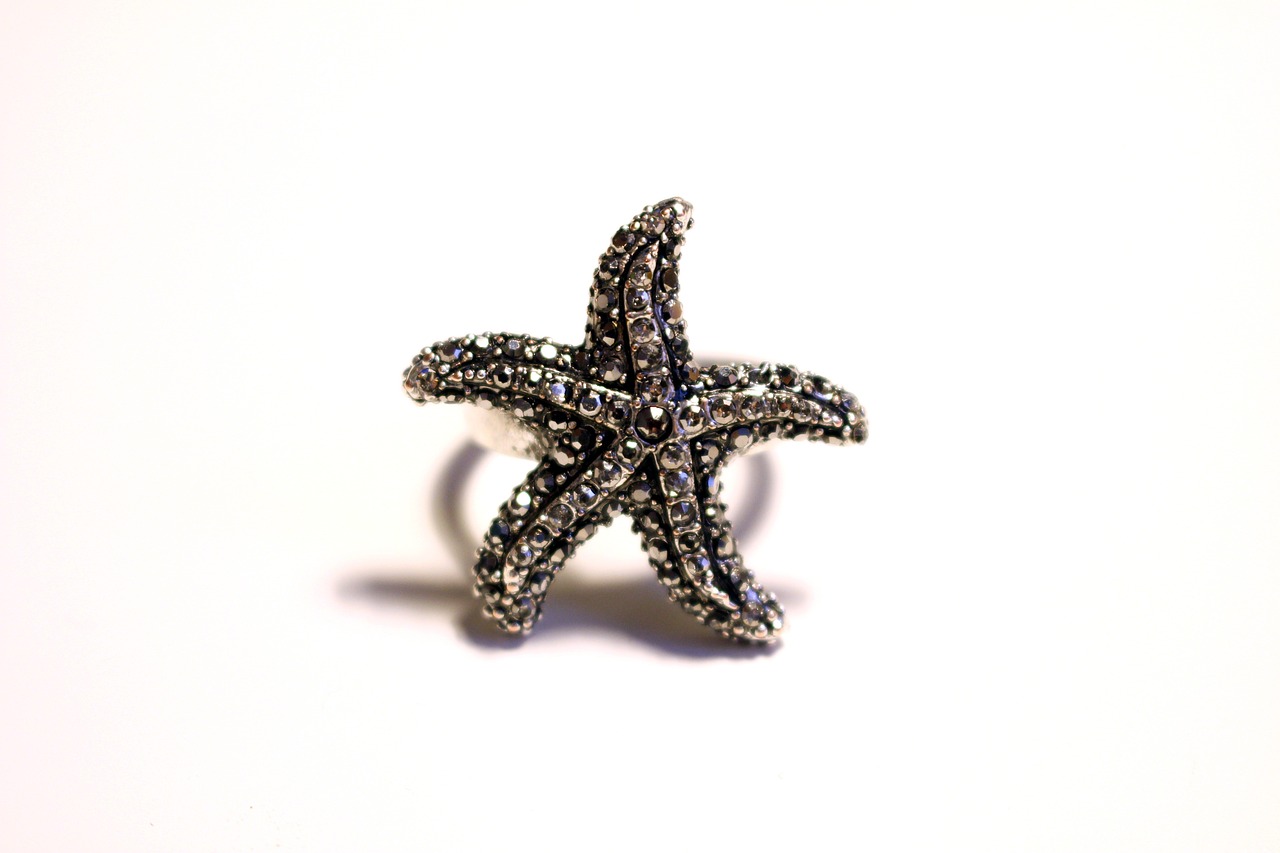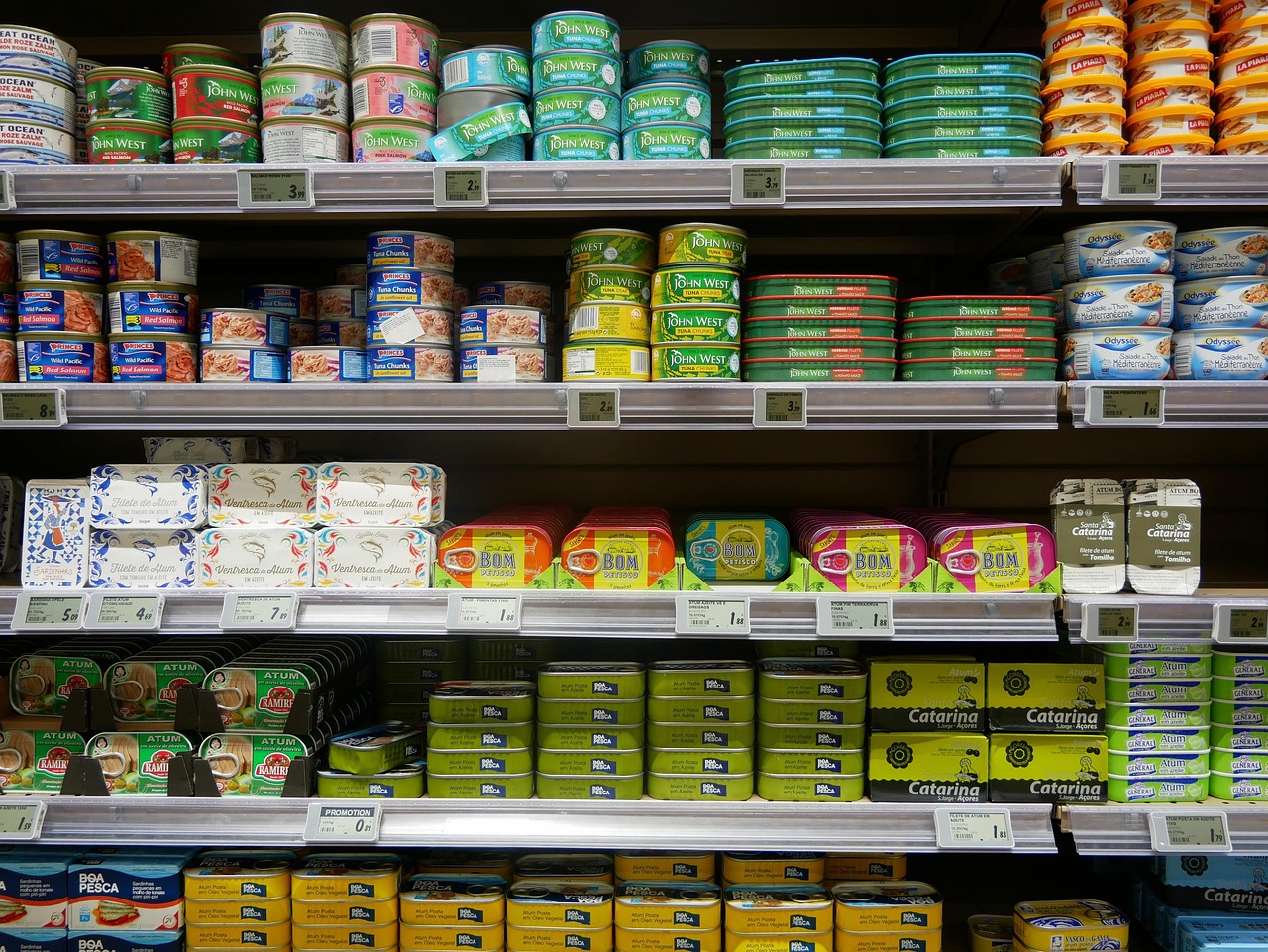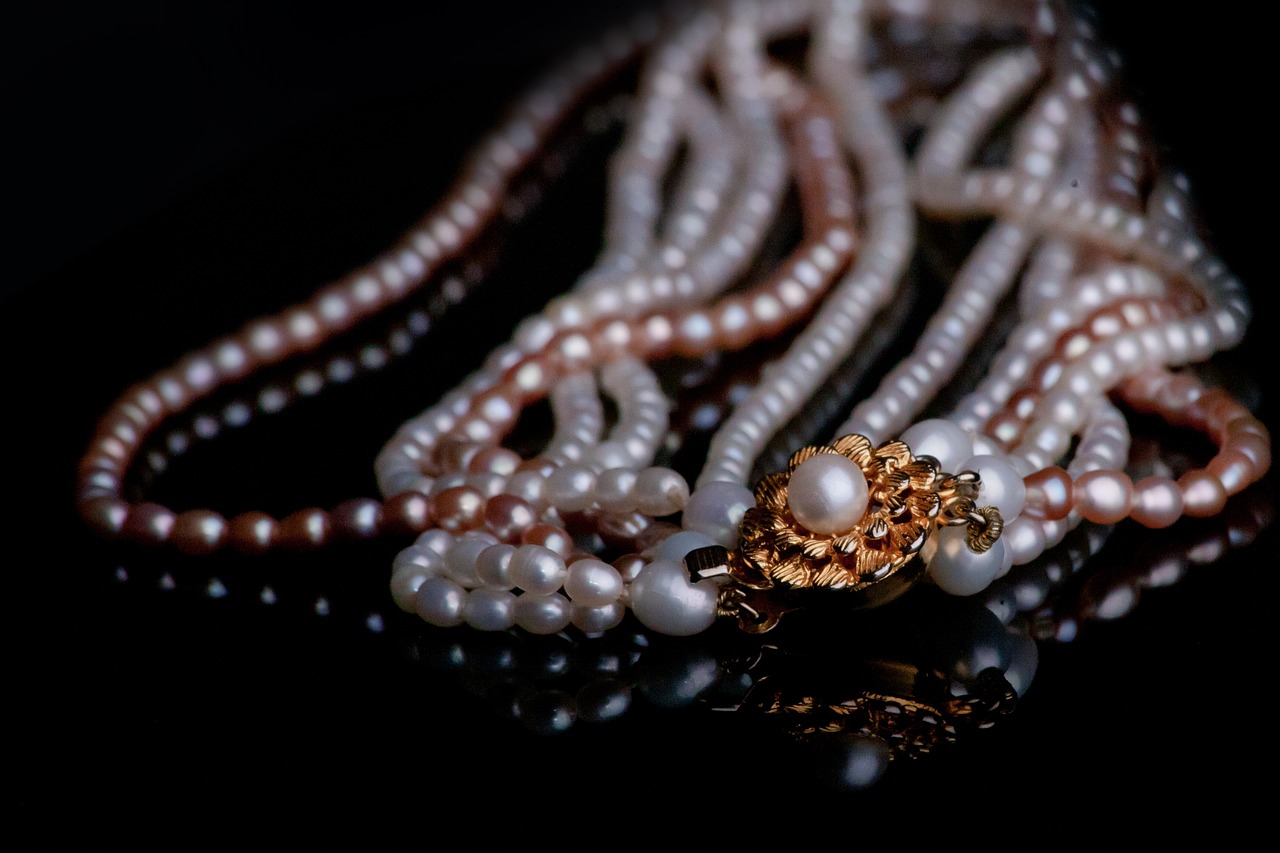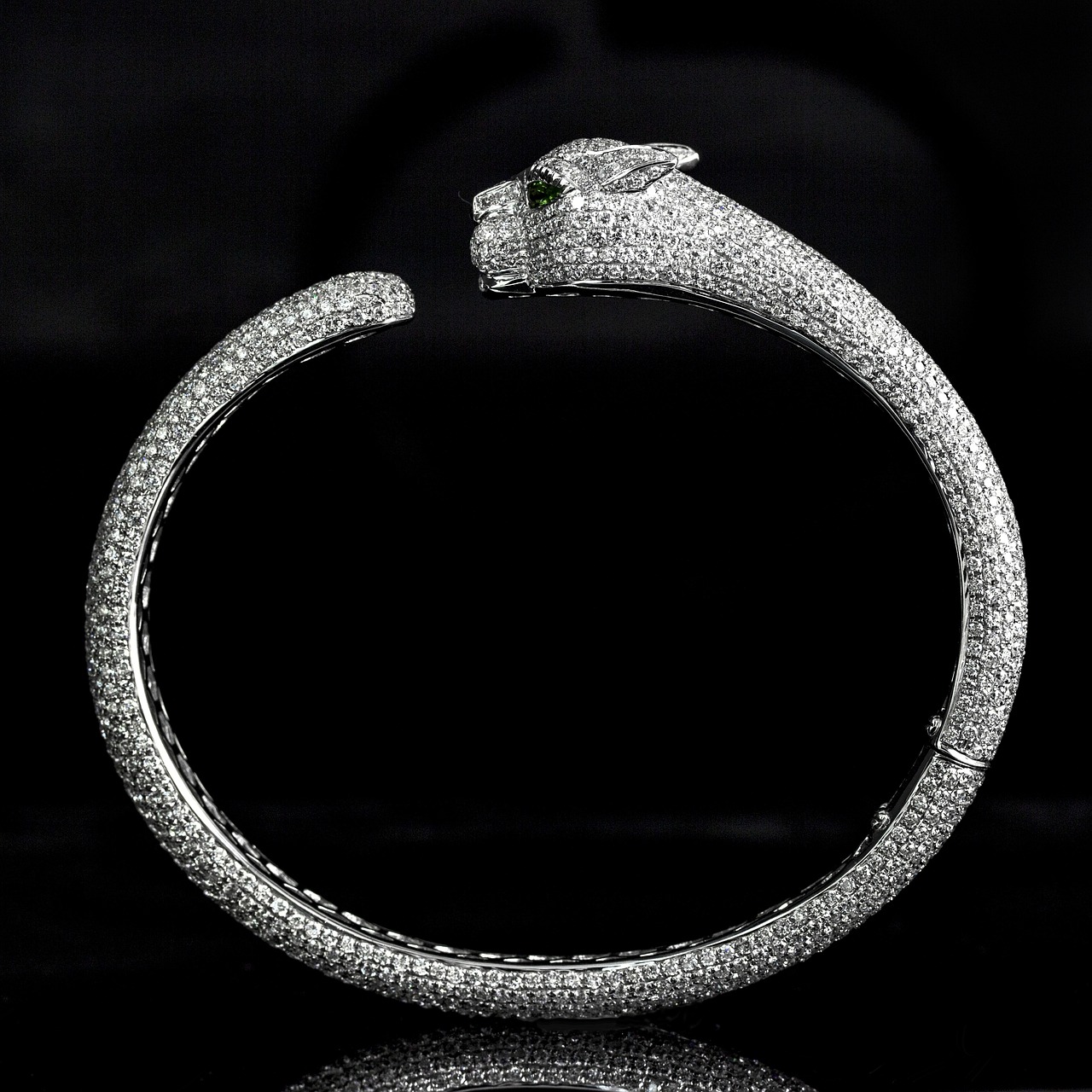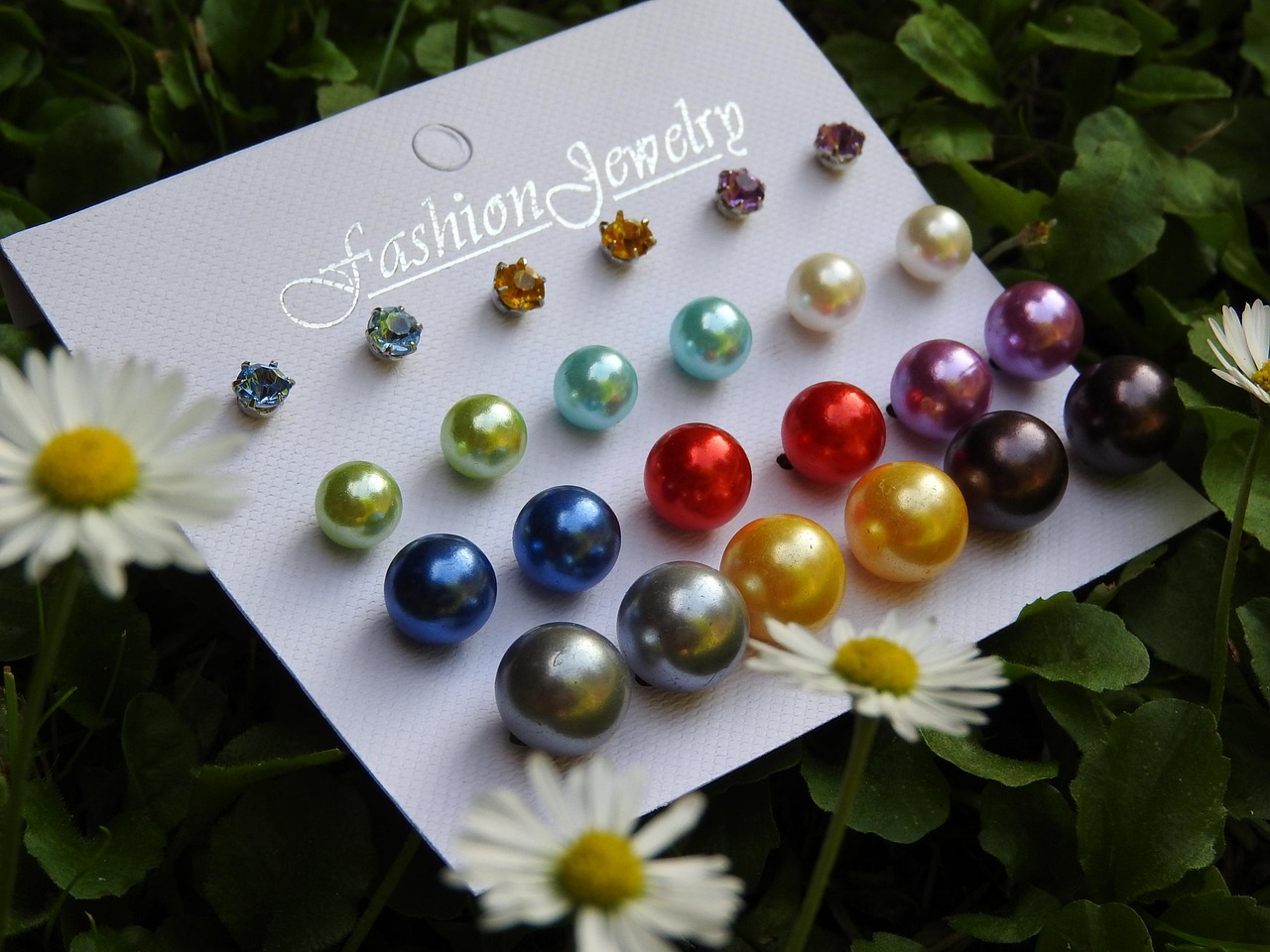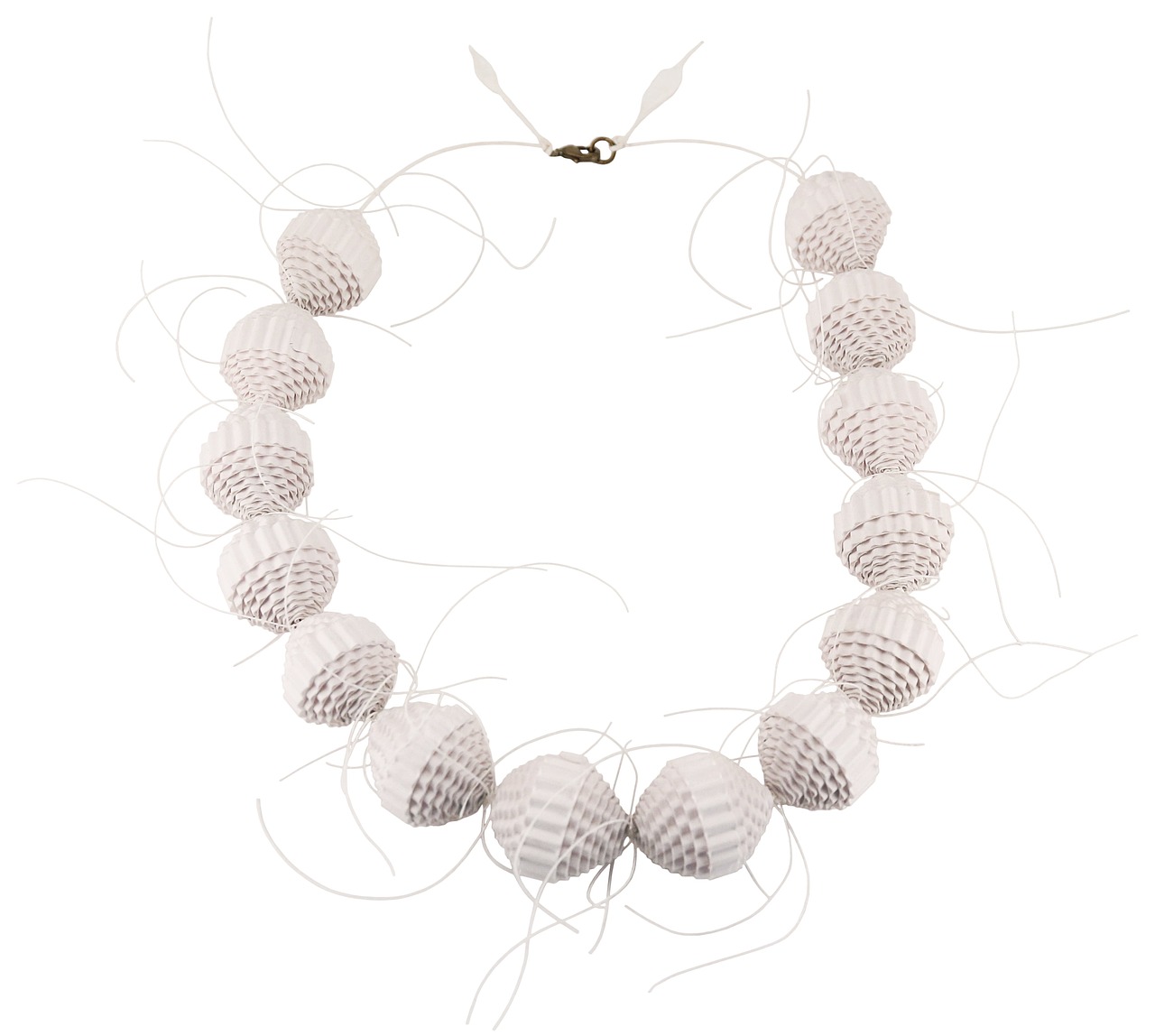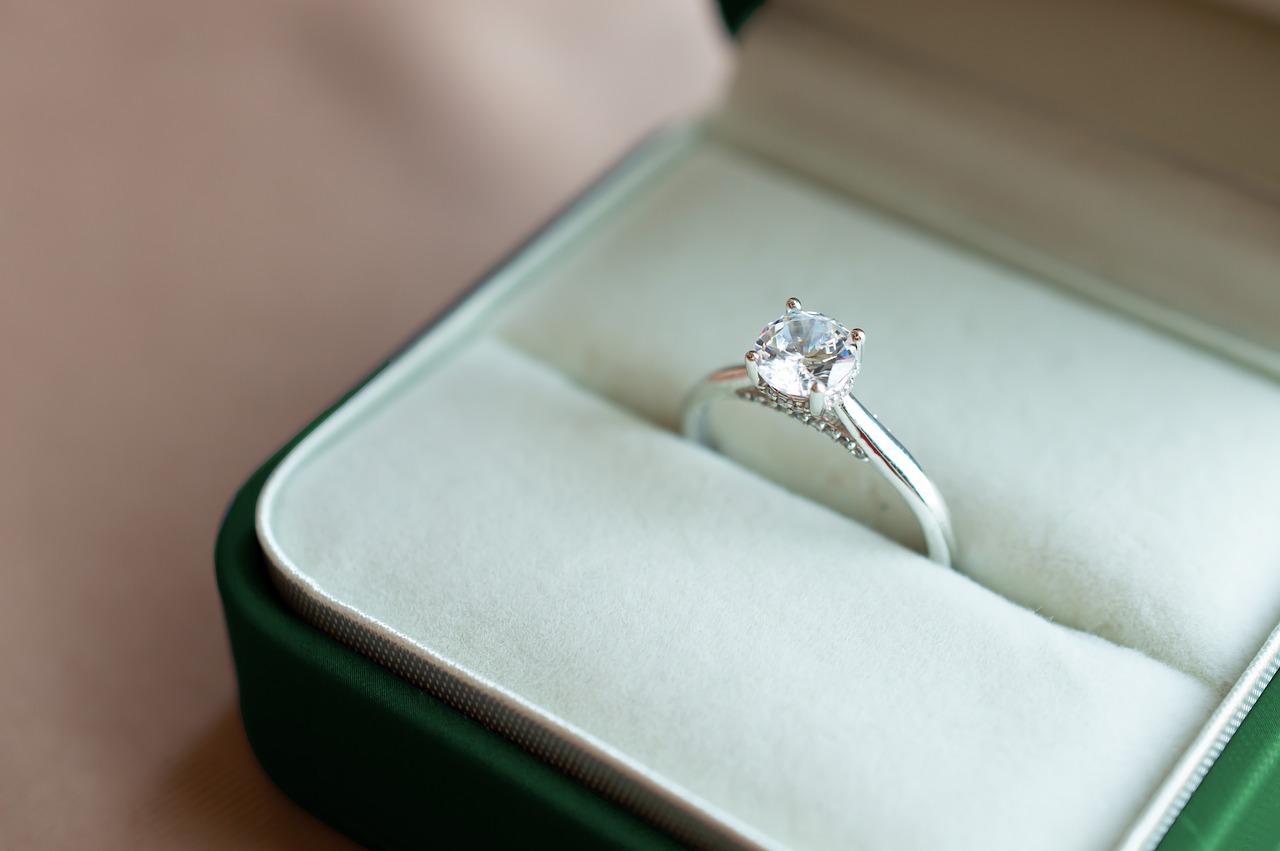This article explores the investment potential of jewelry and gold, comparing their value, market trends, and long-term benefits to help you make an informed financial decision.
Gold has been a reliable store of value for centuries. Its allure lies not only in its beauty but also in its historical significance as a form of currency and investment. In modern portfolios, gold serves as a hedge against inflation and economic uncertainty, making it a vital asset for many investors.
While jewelry can hold sentimental value, its investment potential varies significantly. The resale value of jewelry is influenced by factors such as brand reputation, craftsmanship, and market demand. Not all jewelry appreciates over time, which can make it a less predictable investment compared to gold.
Gold prices fluctuate based on various economic indicators. Key factors influencing the gold market include:
- Inflation rates: As inflation rises, the value of currency decreases, often leading to increased demand for gold.
- Global economic stability: In times of economic uncertainty, investors flock to gold as a safe haven.
- Currency fluctuations: A weaker dollar typically results in higher gold prices, as gold becomes cheaper for foreign investors.
Not all jewelry retains its value over time. Factors that contribute to a piece’s resale value include:
- Brand: Renowned brands often command higher resale prices.
- Craftsmanship: Well-crafted pieces tend to appreciate more.
- Market demand: Trends can significantly impact the desirability of certain styles.
Liquidity is essential for investors looking to cash in on their assets. Gold is universally accepted, making it highly liquid. Various forms of gold investment, such as coins and bullion, offer different liquidity levels across markets.
Unlike gold, jewelry may pose challenges when reselling. Common hurdles faced by jewelry sellers include:
- Market saturation: A flooded market can depress prices.
- Condition and authenticity: Buyers often require verification of quality and authenticity.
- Emotional attachment: Sellers may struggle to part with sentimental pieces, affecting their willingness to sell at market value.
Gold is often viewed as a hedge against inflation and economic uncertainty. Its long-term advantages for wealth preservation include:
- Stability: Gold has historically maintained its value over time.
- Portfolio diversification: Including gold can reduce overall portfolio risk.
- Global demand: The demand for gold remains strong across various sectors, including technology and jewelry.
While some jewelry pieces can appreciate, many factors affect their value. Identifying high-value jewelry investments involves looking for:
- Limited editions: Unique or rare pieces are more likely to appreciate.
- Brand reputation: Established brands often have a loyal customer base that drives up value.
- Market trends: Staying informed about current fashion trends can help predict which styles may appreciate.
Rarity significantly influences the value of jewelry. Limited editions and unique designs can greatly impact an investment’s potential return. Investors should consider how the rarity of a piece contributes to its overall market value.

What Makes Gold a Strong Investment?
Gold has long been revered as a reliable store of value, dating back thousands of years. Its historical significance is deeply rooted in various cultures, where it was not only used as currency but also as a symbol of wealth and power. This section will explore the reasons why gold remains a critical component of modern investment portfolios.
Throughout history, gold has been a universal medium of exchange, transcending geographical boundaries and cultural differences. Ancient civilizations, from the Egyptians to the Romans, recognized gold’s intrinsic value, leading to its use in trade and commerce. Even today, gold is considered a safe haven asset, particularly during times of economic uncertainty.
- Inflation Hedge: One of the primary reasons investors flock to gold is its ability to act as a hedge against inflation. When fiat currencies lose value due to rising prices, gold typically retains its purchasing power. Historical data shows that during periods of high inflation, gold prices often rise, making it a preferred choice for preserving wealth.
- Portfolio Diversification: Gold’s low correlation with traditional asset classes such as stocks and bonds makes it an excellent tool for portfolio diversification. By including gold in an investment portfolio, investors can reduce overall risk and enhance potential returns.
- Global Demand: The demand for gold is not limited to investment purposes. It is widely used in various industries, including electronics, dentistry, and, of course, jewelry. This multifaceted demand ensures that gold maintains its value across different sectors of the economy.
In recent years, the rise of exchange-traded funds (ETFs) has made it easier for investors to gain exposure to gold without the need to physically own it. These financial products track the price of gold and provide a convenient way for investors to buy and sell gold as part of their investment strategy.
Moreover, central banks around the world continue to add gold to their reserves, further underscoring its importance in the global economy. This institutional demand creates a strong foundation for gold prices, as central banks view gold as a safe asset during turbulent economic times.
In summary, gold’s historical significance, its role as a hedge against inflation, and its ability to diversify investment portfolios contribute to its status as a strong investment option. As investors seek to navigate the complexities of modern finance, gold remains a steadfast choice that offers both security and potential growth.

Is Jewelry a Viable Investment Option?
Jewelry has long been cherished not only for its aesthetic appeal but also for its potential as an investment. While many people associate jewelry with personal sentiment and tradition, its market value can vary significantly based on several factors. In this section, we will delve into the elements that influence jewelry’s investment potential, providing insights that can help you make informed decisions.
- Brand and Designer Influence: The brand behind a piece of jewelry can greatly affect its resale value. Renowned designers, such as Cartier or Tiffany & Co., often command higher prices due to their prestigious reputations. Collectors are frequently willing to pay a premium for pieces that are associated with these luxury brands.
- Craftsmanship and Quality: The quality of materials and craftsmanship plays a crucial role in determining a piece’s value. Jewelry made with high-quality gemstones and precious metals tends to retain value better than mass-produced pieces. Buyers should look for well-crafted items that showcase exceptional artistry.
- Market Demand: The demand for specific styles or types of jewelry can fluctuate, impacting resale value. For instance, vintage or antique pieces may see a surge in interest due to current fashion trends, while contemporary designs may not hold their value as well. Understanding market trends is essential for predicting potential appreciation.
- Rarity and Uniqueness: Jewelry that is rare or unique often commands higher prices. Limited edition pieces or those featuring unusual gemstones can appreciate significantly over time. Investors should consider the rarity of a piece when evaluating its investment potential.
- Condition and Maintenance: The condition of jewelry is critical in determining its resale value. Well-maintained pieces are more likely to retain their worth. Regular cleaning and proper storage can help preserve the integrity of the jewelry, ensuring it remains in optimal condition for future sales.
While jewelry can be a viable investment option, it is important to approach it with caution. Unlike gold, which has a more predictable market, jewelry’s value can be more volatile and dependent on fashion trends. Therefore, potential investors should conduct thorough research and seek expert advice before making significant purchases.
Additionally, it is wise to consider the liquidity of jewelry as an investment. Unlike gold, which can be easily sold in various forms, jewelry may present challenges when reselling. Understanding the market dynamics and potential hurdles in selling jewelry is crucial for anyone considering it as an investment.
In summary, while jewelry can hold sentimental value, its investment potential varies widely. Factors such as brand, craftsmanship, market demand, rarity, and condition all play essential roles in determining a piece’s market value and resale potential. By carefully evaluating these elements, investors can make informed decisions about incorporating jewelry into their investment portfolios.
Understanding Market Trends in Gold Investing
Gold has long been regarded as a safe-haven asset and a hedge against inflation, making it a popular choice among investors. However, the fluctuation of gold prices can often leave potential investors perplexed. This section will explore the key economic indicators that influence gold market trends and how they can impact your investment decisions.
What Are the Key Economic Indicators Affecting Gold Prices?
- Inflation Rates: When inflation rises, the purchasing power of currency declines, leading investors to seek gold as a stable alternative. Historical data shows a direct correlation between rising inflation rates and increased gold prices.
- Interest Rates: Low interest rates typically increase the attractiveness of gold, as the opportunity cost of holding non-yielding assets decreases. Conversely, higher interest rates can lead to a decline in gold prices.
- Currency Strength: The value of the U.S. dollar plays a significant role in gold pricing. A weaker dollar often leads to higher gold prices, as it becomes cheaper for investors using other currencies.
- Geopolitical Stability: Uncertainty caused by political events or conflicts can drive investors toward gold, leading to price surges. Historical events, such as wars or economic crises, often see gold prices spike.
How Do These Indicators Impact Investment Decisions?
Understanding these indicators is crucial for making informed investment choices. For instance, if inflation is projected to rise, investors might consider increasing their gold holdings to safeguard their wealth. Similarly, monitoring interest rate trends can help investors decide the optimal time to buy or sell gold.
What Is the Historical Context of Gold Prices?
To better understand current market trends, it’s essential to look at gold’s historical performance. Over the past few decades, gold has shown resilience during economic downturns. For example, during the 2008 financial crisis, gold prices soared as investors sought safety. By analyzing these historical patterns, investors can identify potential future trends and make more strategic decisions.
What Role Does Supply and Demand Play?
The basic principles of supply and demand also significantly impact gold prices. When demand exceeds supply, prices tend to rise. Factors such as mining output, central bank purchases, and consumer demand in emerging markets can all affect supply levels. Keeping an eye on these dynamics can provide valuable insights for investors.
Conclusion
In summary, understanding the various economic indicators that influence gold prices is vital for any investor looking to navigate the gold market effectively. By staying informed about inflation rates, interest rates, currency strength, and geopolitical events, investors can make more strategic decisions that align with their financial goals.
Global Economic Indicators Affecting Gold Prices
Understanding the dynamics of gold pricing is essential for investors looking to make informed decisions. Global economic indicators such as economic stability, inflation rates, and currency fluctuations significantly influence the value of gold. In this section, we will explore how these factors interact and provide insights that can help investors time their purchases effectively.
Economic stability is often viewed as a cornerstone of a strong investment environment. When a country experiences stability, confidence in its currency and financial systems typically rises, leading to a decrease in gold prices. Conversely, during periods of economic uncertainty or instability, investors flock to gold as a safe haven, driving its price higher. This phenomenon is particularly evident during financial crises, where gold often outperforms other assets.
Inflation erodes the purchasing power of currency, making gold an attractive investment option. Historically, when inflation rates increase, the demand for gold tends to rise as investors seek to protect their wealth. For instance, during periods of high inflation, gold prices often surge as it is seen as a hedge against falling currency value. Monitoring inflation trends can provide valuable insights for investors looking to enter the gold market.
Gold is typically priced in U.S. dollars, so fluctuations in currency values can have a direct impact on its market price. When the dollar weakens against other currencies, gold becomes cheaper for foreign investors, often leading to increased demand and higher prices. Conversely, a strong dollar can result in lower gold prices as it becomes more expensive for international buyers. Understanding the relationship between currency movements and gold pricing is crucial for investors aiming to optimize their buying strategy.
For investors, timing is everything. By keeping a close eye on economic indicators, one can make more informed decisions about when to buy gold. Here are some strategies:
- Monitor Economic Reports: Regularly check reports on inflation, employment rates, and GDP growth. These reports can provide clues about economic stability.
- Watch Currency Trends: Pay attention to the strength of the U.S. dollar and other major currencies. Understanding these trends can help you predict gold price movements.
- Stay Informed: Follow financial news and expert analyses that discuss global economic conditions and their potential impact on gold prices.
In summary, economic stability, inflation rates, and currency fluctuations are intertwined factors that significantly influence gold pricing. By understanding these indicators, investors can better navigate the complexities of the gold market and make informed purchasing decisions. This knowledge not only aids in timing purchases but also enhances overall investment strategies, ensuring that investors maximize their returns while minimizing risks.
Historical Performance of Gold Investments
The offers valuable insights for investors seeking to navigate the complexities of the market. Understanding how gold has reacted to various economic events can significantly enhance one’s investment strategy. This section will explore key historical milestones that have influenced gold’s price trajectory, providing a comprehensive overview of its past and its implications for future investments.
Throughout history, gold has been affected by numerous events that have led to significant price fluctuations. For instance, the 1970s oil crisis and subsequent inflation saw gold prices soar, as investors turned to gold as a hedge against economic instability. Similarly, the 2008 financial crisis triggered a surge in gold prices as market confidence waned and investors sought safe-haven assets.
The launch of Gold Exchange-Traded Funds (ETFs) in the early 2000s revolutionized gold investment. These financial instruments made it easier for investors to gain exposure to gold without the need for physical storage. The increased accessibility contributed to a significant rise in demand, pushing gold prices to new heights. Understanding this trend is crucial for investors looking to capitalize on gold’s market movements.
Geopolitical tensions often lead to increased gold demand, as investors seek stability amidst uncertainty. Events such as the Gulf Wars and ongoing trade disputes have historically resulted in spikes in gold prices. Investors should closely monitor global affairs, as these events can serve as indicators for potential gold price movements.
Central banks play a pivotal role in the gold market, often buying and selling gold reserves to manage their currencies. For example, the European Central Bank’s decision to sell gold in the early 2000s impacted prices negatively, while recent trends of central banks increasing their gold reserves have contributed to rising prices. Investors should be aware of central bank policies, as they can signal shifts in market dynamics.
Analyzing gold’s price history reveals several patterns that can inform future investment strategies. For instance, seasonal trends often affect gold prices, with demand typically rising during certain times of the year, such as during festivals in India. Understanding these patterns can help investors identify optimal times for buying and selling gold.
Investors can leverage historical data to develop informed strategies. By studying past price movements in relation to economic indicators, investors can better anticipate future trends. For example, when inflation rates rise, gold often becomes more attractive, leading to potential price increases. Keeping an eye on these correlations can enhance investment timing and decision-making.
In summary, reviewing gold’s price history not only reveals significant patterns but also equips investors with the knowledge needed to make informed decisions. By understanding the impact of historical events, central bank actions, and geopolitical tensions, investors can better navigate the complexities of the gold market.
Assessing Jewelry’s Resale Value
When it comes to investing in jewelry, understanding resale value is crucial. Not all jewelry retains its value over time, and various factors can significantly influence how much a piece will be worth in the future. This section will explore the essential elements that contribute to a piece’s resale value, including brand, craftsmanship, and market demand.
The brand of a jewelry piece can dramatically affect its resale value. Renowned brands like Tiffany & Co. or Cartier often command higher prices due to their prestigious reputation and history. Consumers are willing to pay a premium for pieces from these brands, as they are associated with quality and luxury. Additionally, limited editions or collaborations can further enhance a brand’s desirability, making these pieces more valuable over time.
Craftsmanship is another critical factor in determining the resale value of jewelry. High-quality materials and exceptional workmanship can significantly enhance a piece’s worth. For instance, handmade jewelry often retains its value better than mass-produced items. Buyers tend to appreciate the artistry and effort that goes into creating a unique piece, which can lead to a higher resale price. Furthermore, the presence of certifications, such as those for gemstones, can also influence value positively.
Market demand plays a vital role in the resale value of jewelry. Trends in fashion and consumer preferences can shift, affecting how much a piece is worth. For example, vintage or antique jewelry may see a resurgence in popularity, leading to increased demand and, consequently, higher resale prices. It’s essential for investors to stay informed about current market trends to make educated decisions about when to buy or sell their jewelry.
- Condition: The condition of the jewelry can significantly impact its resale value. Well-maintained pieces are likely to fetch a higher price.
- Documentation: Having original receipts, certificates of authenticity, and appraisals can help authenticate the piece and boost its value.
- Market Timing: Selling at the right time can make a difference. Monitoring market trends can help you decide when to sell for optimal profit.
While some jewelry pieces can appreciate, many factors affect their value. Understanding the elements that contribute to appreciation is essential for making wise investment decisions. For instance, certain brands and styles are more likely to increase in worth over time, particularly those that combine rarity with high-quality craftsmanship.
Rarity significantly influences the value of jewelry. Limited editions, unique designs, and pieces with historical significance often command higher prices in the resale market. Collectors are frequently willing to pay a premium for items that are hard to find, making rarity a key factor to consider when assessing potential investments.
In conclusion, understanding the various elements that contribute to a jewelry piece’s resale value is vital for anyone looking to invest in this market. By considering factors like brand, craftsmanship, and market demand, investors can make informed decisions that may lead to profitable returns in the future.

How Do Gold and Jewelry Compare in Liquidity?
Liquidity is a critical factor for investors aiming to convert their assets into cash quickly. When considering investments, particularly in precious metals and adornments, understanding the liquidity of gold and jewelry is essential. This section will explore the differences in liquidity between these two asset types, providing insights into their market dynamics.
Gold is often regarded as a highly liquid asset due to its universal appeal and established market. The following factors contribute to the liquidity of gold:
- Global Demand: Gold is sought after worldwide, making it easy to sell in various markets.
- Standardized Pricing: Gold is traded on exchanges, ensuring that its price is transparent and readily available.
- Multiple Forms: Investors can hold gold in various forms, such as coins, bars, or ETFs, each offering different liquidity levels.
These elements make gold an attractive option for investors who may need to liquidate their assets quickly. Additionally, the gold market is less susceptible to fluctuations caused by trends or fads, providing a stable environment for selling.
In contrast, the liquidity of jewelry can be significantly lower due to several challenges:
- Subjective Value: Unlike gold, the value of jewelry often depends on factors such as brand, design, and craftsmanship, which can vary greatly among buyers.
- Market Demand: The demand for specific jewelry pieces can fluctuate, making it difficult to predict resale value.
- Condition and Authenticity: The condition of the jewelry and proof of authenticity can impact its resale potential, often requiring appraisals that may delay the selling process.
As a result, selling jewelry can be a more complex and time-consuming process compared to gold. Investors may find themselves waiting longer to find the right buyer, which can hinder their ability to access cash quickly.
Despite the challenges, there are strategies that can help improve the liquidity of jewelry:
- Documentation: Keeping all original receipts, certificates, and appraisals can enhance buyer confidence.
- Market Research: Understanding current trends and demand for specific types of jewelry can help sellers time their sales effectively.
- Utilizing Online Platforms: Online marketplaces and auction sites can broaden the audience for selling jewelry, increasing the chances of a quick sale.
By employing these strategies, jewelry sellers can potentially mitigate some of the liquidity challenges they face.
In summary, while gold stands out as a liquid asset due to its universal appeal and established market practices, jewelry presents unique challenges that can hinder quick sales. Understanding these differences is vital for investors looking to make informed decisions about their assets.
Factors Influencing Gold Liquidity
When considering investment options, understanding the liquidity of your assets is crucial. Gold stands out as a particularly liquid asset due to its universal acceptance and demand across various markets. In this section, we will explore the different forms of gold investment and their respective liquidity levels, providing insights into how investors can navigate the gold market effectively.
Gold can be acquired in several forms, each with varying degrees of liquidity:
- Physical Gold: This includes gold bars, coins, and jewelry. While physical gold can be sold relatively easily, its liquidity can vary based on the type and condition of the item.
- Gold ETFs (Exchange-Traded Funds): These funds track the price of gold and can be bought or sold on stock exchanges, providing high liquidity and ease of trading.
- Gold Mining Stocks: Investing in companies that mine gold can also be a viable option. However, their liquidity is influenced by the performance of the mining company and market conditions.
- Gold Futures and Options: These financial contracts allow investors to speculate on the future price of gold. They offer high liquidity but require a deeper understanding of market dynamics.
The liquidity of gold is significantly influenced by market demand. When demand is high, selling gold becomes easier, and prices tend to stabilize or increase. Conversely, during periods of low demand, liquidity can diminish, leading to potential challenges in selling gold quickly. Global events, such as economic crises or geopolitical tensions, often drive demand for gold as a safe-haven asset, enhancing its liquidity.
Gold dealers serve as intermediaries between buyers and sellers, significantly impacting liquidity. Established dealers typically provide competitive prices and quick transactions, thereby enhancing liquidity for investors. However, it’s essential to choose reputable dealers to ensure fair pricing and reliable service. Online platforms have also emerged, allowing for easier access to buying and selling gold, further increasing liquidity options for investors.
Various economic indicators can influence gold liquidity. For instance:
- Inflation Rates: High inflation often drives investors towards gold, increasing its liquidity.
- Interest Rates: Lower interest rates tend to boost gold investment as the opportunity cost of holding gold decreases.
- Currency Strength: A weakening currency can lead to increased gold purchases, enhancing liquidity.
Despite its general liquidity, there are challenges that investors may face:
- Market Fluctuations: Sudden market changes can affect the ease of selling gold.
- Quality and Purity: The liquidity of physical gold can be impacted by its quality. Buyers often require assurance of authenticity.
- Regulatory Issues: In some regions, legal restrictions on gold trading can hinder liquidity.
In summary, while gold is generally regarded as a highly liquid asset, various factors can influence its liquidity levels. Understanding the different forms of gold investment, the role of market demand, and the impact of economic indicators can help investors make informed decisions. By navigating these aspects effectively, investors can enhance their ability to buy and sell gold in a dynamic market.
Challenges in Selling Jewelry
When it comes to selling jewelry, many individuals encounter a multitude of challenges that can complicate the process. Unlike gold, which has a universally accepted value, jewelry often requires careful navigation through various hurdles. This section will explore these challenges and provide practical tips to enhance your selling experience.
- Market Demand Fluctuations: The resale value of jewelry can be heavily influenced by current market trends and consumer demand. Unlike gold, which maintains a relatively stable value, jewelry can fluctuate based on fashion trends and economic conditions.
- Emotional Attachments: Many jewelry pieces carry sentimental value, making it difficult for sellers to detach emotionally. This emotional connection can cloud judgment regarding pricing and the decision to sell.
- Authenticity and Appraisal Issues: Buyers often seek assurance regarding the authenticity and quality of the jewelry. Providing a reliable appraisal can be essential, but obtaining one may involve additional costs and time.
- Limited Buyer Pool: Unlike gold, which is sought after by a wide range of investors, the buyer pool for jewelry can be limited. This can lead to longer selling times and potentially lower offers.
While the challenges of selling jewelry can be daunting, there are several strategies that can help you navigate the process more effectively:
- Research Current Market Trends: Stay informed about current fashion trends and market demands. Understanding what styles and types of jewelry are popular can help you price your items more competitively.
- Get a Professional Appraisal: Invest in a professional appraisal to establish the authenticity and value of your jewelry. This can provide potential buyers with the confidence they need to make a purchase.
- Utilize Multiple Selling Platforms: Consider selling your jewelry through various channels, such as online marketplaces, auction houses, or local jewelers. This can increase your chances of finding interested buyers.
- Be Open to Negotiation: Be prepared for negotiations and understand that buyers may expect to haggle over prices. Being flexible can lead to successful transactions.
In summary, selling jewelry presents unique challenges that differ significantly from selling gold. By understanding these hurdles and employing effective strategies, sellers can improve their chances of a successful sale. Whether it’s through market research, professional appraisals, or leveraging multiple selling platforms, being informed and prepared can make all the difference in navigating the jewelry resale market.

What Are the Long-Term Benefits of Investing in Gold?
Investing in gold has long been regarded as a prudent strategy for wealth preservation, especially in times of economic uncertainty. This precious metal not only serves as a safeguard against inflation but also provides a reliable asset that can withstand market volatility. In this section, we will explore the long-term benefits of investing in gold, highlighting its role as a financial anchor in your investment portfolio.
Gold is often viewed as a safe haven asset during periods of economic turmoil. Its intrinsic value remains stable, unlike currencies that may fluctuate due to political or economic factors. Historically, during times of crisis, gold prices tend to rise as investors flock to it for security. This characteristic makes gold an essential component of a diversified investment strategy.
Inflation erodes the purchasing power of money, but gold has a unique ability to retain its value over time. As the cost of living increases, the demand for gold typically rises, leading to price appreciation. This hedging quality is particularly beneficial for long-term investors looking to protect their wealth from inflationary pressures.
Gold is one of the most liquid assets available in the market. Unlike real estate or other investments, gold can be easily bought and sold without significant loss in value. This liquidity is advantageous for investors who may need to access their funds quickly. The universal acceptance of gold across different cultures and economies further enhances its liquidity, making it a preferred choice for investors worldwide.
During economic downturns, gold often outperforms other asset classes. For instance, during the 2008 financial crisis, gold prices soared as investors sought stability. This trend has been observed repeatedly, reinforcing the idea that gold can act as a buffer against economic instability. Investors looking for a reliable asset during uncertain times can find comfort in gold’s historical resilience.
Gold has been cherished for thousands of years, not just for its beauty but also for its lasting value. Unlike stocks or bonds, which can lose value due to market conditions, gold’s value is less susceptible to external factors. Its scarcity and the cost of extraction contribute to its enduring appeal, making it a timeless asset that can be passed down through generations.
Diversification is a key principle in investment strategy, and gold can play a crucial role in achieving this. By adding gold to a portfolio, investors can reduce overall risk. Gold often has a low correlation with other asset classes, meaning that when stocks or bonds decline, gold may remain stable or even appreciate. This characteristic makes gold an ideal choice for those looking to balance their investment portfolios.
In many regions, gold investments can offer favorable tax treatment compared to other assets. For instance, long-term capital gains on gold may be taxed at a lower rate than ordinary income. Additionally, certain types of gold investments, such as gold IRAs, can provide tax-deferred growth, allowing investors to maximize their returns over time.
In summary, investing in gold offers numerous long-term benefits, including protection against inflation, liquidity, and portfolio diversification. With its historical significance and enduring value, gold remains a vital asset for anyone looking to secure their financial future.
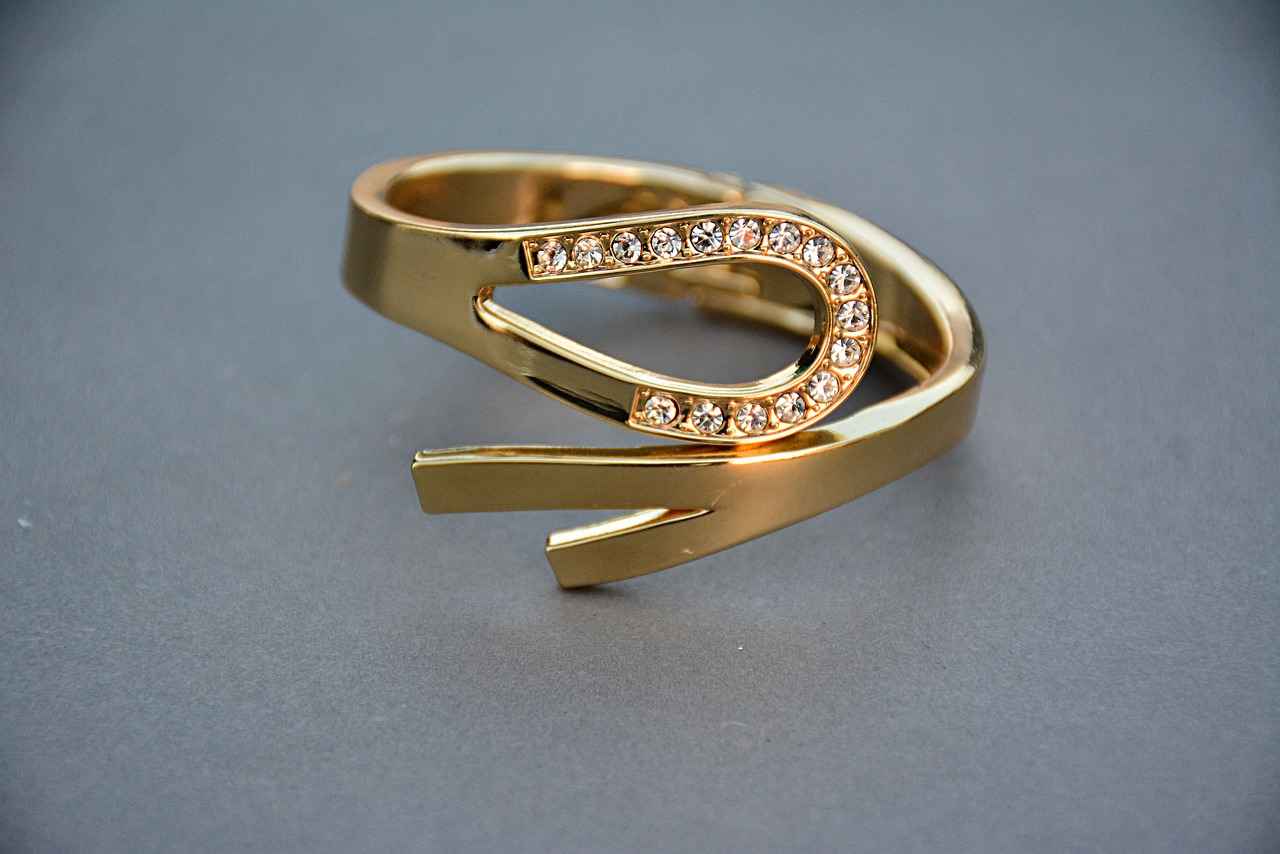
Can Jewelry Appreciate Over Time?
Investing in jewelry can be a fascinating yet complex endeavor. While it is true that some jewelry pieces can appreciate in value over time, the reality is that many factors play a crucial role in determining their worth. Understanding these factors is essential for anyone considering jewelry as an investment.
Not all jewelry is created equal when it comes to investment potential. Here are some types of jewelry that are more likely to increase in worth:
- Designer Pieces: High-end brands like Cartier and Tiffany & Co. often see their pieces appreciate due to brand reputation and demand.
- Antique Jewelry: Items that are over 100 years old can be highly sought after, especially if they are well-preserved and carry historical significance.
- Unique Designs: Jewelry that features rare gemstones or unique craftsmanship can attract collectors, boosting its resale value.
The rarity of a jewelry piece significantly impacts its value. Limited editions or one-of-a-kind items tend to appreciate more than mass-produced pieces. For instance, a rare diamond or a vintage piece from a famous designer can command much higher prices in the resale market.
The condition of jewelry also plays a vital role in its appreciation potential. Well-maintained pieces with original packaging, certificates, and appraisals tend to retain and even increase in value over time. Buyers are often willing to pay a premium for pieces that come with complete documentation, ensuring authenticity and quality.
Market trends can heavily influence the appreciation of jewelry. Economic conditions, fashion trends, and cultural shifts can all affect demand. For example, during times of economic prosperity, luxury items, including fine jewelry, often see increased demand, leading to higher prices.
Before investing in jewelry, potential investors should consider several factors:
- Research: Understanding the market and trends is crucial. Investors should keep an eye on auction results and sales records.
- Quality over Quantity: Focus on acquiring high-quality pieces rather than a larger quantity of lower-quality items.
- Expert Appraisal: Seeking professional appraisals can provide insights into a piece’s potential value and help make informed decisions.
While jewelry can appreciate over time, it is essential to approach it with a well-informed strategy. By focusing on high-quality, rare pieces and staying updated on market trends, investors can enhance their chances of making profitable investments in the world of jewelry.
Identifying High-Value Jewelry Investments
When considering jewelry as an investment, it’s crucial to understand that not all pieces are created equal. Certain brands and styles of jewelry are significantly more likely to appreciate in value over time. This section will provide insights into how to identify high-value pieces that can serve as lucrative investments.
To identify jewelry that has the potential to appreciate, investors should focus on several key characteristics:
- Brand Reputation: Renowned brands like Tiffany & Co., Cartier, and Van Cleef & Arpels often have a higher resale value due to their established prestige.
- Quality of Craftsmanship: Pieces that exhibit exceptional craftsmanship and attention to detail tend to hold their value better.
- Material Composition: Jewelry made from high-quality materials, such as 18k gold, platinum, and natural gemstones, is more likely to appreciate.
- Design and Style: Timeless designs or those that reflect current trends can influence a piece’s desirability and potential for appreciation.
The rarity of a jewelry piece plays a significant role in its value. Limited editions, unique designs, and rare gemstones can drive demand and, consequently, increase value. For example:
- Limited Editions: Jewelry that is part of a limited run often becomes highly sought after, making it a smart investment.
- Unique Designs: Custom or one-of-a-kind pieces can attract collectors, leading to higher resale values.
- Rare Gemstones: Stones like pink diamonds or alexandrite are not only beautiful but also scarce, making them valuable assets.
Some styles of jewelry have a proven track record of appreciation. These include:
- Vintage and Antique Jewelry: Pieces that are over 100 years old often appreciate due to their historical significance and rarity.
- Art Deco and Mid-Century Modern Styles: These designs have seen a resurgence in popularity, making them attractive options for investors.
- High-End Designer Collaborations: Limited collections from top designers often become coveted items, driving their value up.
Understanding market demand is essential for identifying high-value jewelry investments. Here are some tips:
- Follow Trends: Stay updated on fashion trends and celebrity endorsements that can influence jewelry desirability.
- Research Auction Results: Analyzing recent auction results can provide insights into what styles and brands are currently in demand.
- Engage with Experts: Consulting with jewelers, appraisers, and auction house specialists can offer valuable perspectives on investment-worthy pieces.
In summary, investing in jewelry can be a rewarding endeavor if you know what to look for. By focusing on brand reputation, craftsmanship, material quality, rarity, and market demand, you can better identify high-value pieces that are likely to appreciate over time.
The Role of Rarity in Jewelry Value
The value of jewelry is influenced by several factors, and one of the most significant among them is rarity. In the world of fine jewelry, pieces that are limited editions or uniquely designed often command higher prices. This article will explore how rarity impacts jewelry value and investment potential.
The concept of rarity in jewelry can be attributed to several elements, including design uniqueness, material scarcity, and brand exclusivity. When a piece is rare, it becomes more desirable to collectors and investors alike. This heightened demand can lead to increased value over time.
- Exclusivity: Limited edition pieces are produced in small quantities, making them scarce. This exclusivity often drives up their market value.
- Brand Recognition: Renowned jewelry brands that release limited editions typically see a surge in value for these pieces due to their established reputation.
- Market Demand: As collectors seek to own a piece of a limited collection, the competition increases, further elevating the item’s worth.
Jewelry that features unique designs or craftsmanship can also appreciate significantly in value. When a piece stands out due to its artistic merit or innovative techniques, it attracts attention from both collectors and investors.
For instance, a piece designed by a well-known artist may carry a premium due to its artistic significance. Additionally, custom-made jewelry that tells a personal story can also be seen as rare and valuable.
Investing in rare jewelry can yield substantial returns, but it is essential to understand the market dynamics. Market trends play a crucial role in determining how well a rare piece will perform over time. Factors such as economic conditions, consumer preferences, and even celebrity endorsements can influence the desirability of rare jewelry.
While rarity can enhance value, it also presents challenges. Appraising unique pieces can be subjective, and potential buyers may have differing opinions on worth. Additionally, the resale market for rare jewelry can be less predictable than for more common items.
Investors must conduct thorough research and seek expert appraisals to ensure they are making informed decisions when purchasing rare jewelry.
Rarity is a powerful factor in determining the value of jewelry. Limited editions and unique designs not only enhance desirability but also offer potential for significant returns on investment. As the market for fine jewelry continues to evolve, understanding the role of rarity will be crucial for collectors and investors alike.
Frequently Asked Questions
- What is the main advantage of investing in gold?
Gold has been a trusted store of value for centuries, making it a solid investment choice. Its ability to act as a hedge against inflation and economic uncertainty is a key reason why many investors include it in their portfolios.
- Can jewelry be a good investment?
While jewelry can hold sentimental value, its investment potential varies significantly. Factors like brand reputation, craftsmanship, and market demand play a crucial role in determining whether a piece will appreciate over time.
- How does liquidity differ between gold and jewelry?
Gold is highly liquid due to its universal acceptance and demand. On the other hand, selling jewelry can be challenging because of fluctuating market values and the need to find the right buyer.
- What types of jewelry are more likely to appreciate?
Jewelry from renowned brands, unique designs, and limited editions tend to hold their value better and may appreciate over time. It’s essential to research and identify pieces with strong market demand.
- How do economic indicators affect gold prices?
Gold prices are influenced by various economic indicators, including inflation rates, currency fluctuations, and overall economic stability. Understanding these factors can help investors make informed decisions about when to buy or sell.
